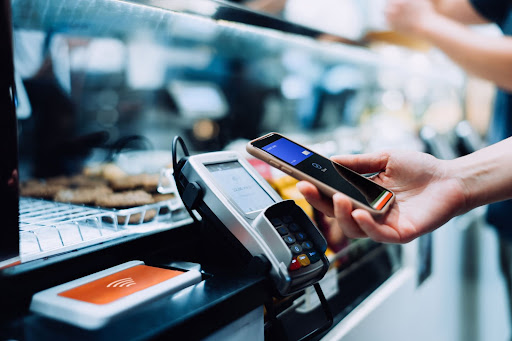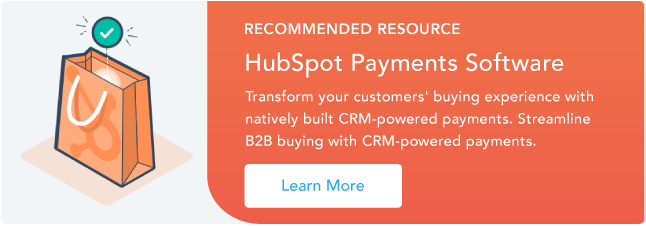In this blog post, we'll cover:
- How an NFC payment works
- Why businesses use NFC payments
- NFC payments examples
- NFC payments FAQ
How an NFC Payment Works
NFC is a technology that enables two devices to communicate with each other when they are in close proximity. NFC is derived from RFID (radio-frequency identification), a wireless communication system that uses radio waves at different frequencies to transfer data.
NFC was introduced in the early 2000s, using the specific RFID frequency 13.56MHz for close-range communications. In recent years, NFC gained popularity for its use in contactless payments. Contactless payments don’t require physical contact between the reader and payment device. A person can simply hold their smartphone over the reader and pay instantly.
How do NFC payments work? As soon as the NFC-enabled reader and the NFC-enabled payment device, oftentimes a smartphone, are in close proximity, the technology goes to work.
Both the payment reader and payment device must contain chips to facilitate the data exchange. The data exchange involves communicating encrypted information with each other to process the payment.
The transaction starts when the customer unlocks a digital wallet app, selects a card to pay with, and holds the phone close to the payment reader. A chip, also known as the secure element, authorizes and validates the transaction, assigning it a unique digital signature. Upon completion, the payment is processed like a card transaction.
Why Businesses Use NFC Payments
Speed
Contactless and encrypted, using NFC payments can expedite the checkout process. With NFC payments, the business can cut down on time spent fumbling with cash. NFC payments are even faster than swiping a card via magnetic stripe or using a chip card reader.
According to a study by Mastercard, contactless payments are up to 10 times faster than other in-person payment methods.
Security
NFC payments are extremely secure, making it appealing to businesses who want to build consumer trust. The data in an NFC payment is encrypted, meaning data is translated from plaintext to ciphertext. NFC follows the same security protocol as chip-enabled payment cards. This makes NFC payments more secure than swiping your card on a payment reader.
Convenience
Given consumers’ increasing reliance on phones, contactless payments increase convenience for both the business and the customer. Rather than reaching for their wallet and fumbling for cash or a credit card, the customer can easily take out their phone and hover their phone over the reader.
Increases options for customers
Adding NFC payments as a payment option increases the number of ways a customer can pay, giving them more flexibility. Catering to customer needs is beneficial for any business. In fact, 40 percent of customers favor digital wallets and 37 percent of customers favor contactless payments.
NFC Payments Examples
Apple Pay
The Apple Wallet app comes with most Apple devices. Apple Wallet conveniently enables people to store credit and debit cards on the app – by hovering your mobile device over a reader you can readily make payments in stores. Additionally, Apple Wallet enables people to make payments online and in other apps.
Google Pay
By using the Google Pay app, you can make payments in-person and online. Instead of sharing a credit card number with the retailer, Google shares an encrypted number tied to the user's payment card.
Samsung Pay
For Android users, Samsung Pay is available. Like Apple Pay, it is a digital wallet that stores credit and debit cards.
NFC Payments FAQ
What makes NFC payments secure?
Critical transaction data like the customer’s name and card information are encrypted. Furthermore, the distance between devices in an NFC payment is very small, making it hard to intercept from afar. Lastly, mobile wallets require the customer to take an additional security step of entering their passcode or placing their fingerprint to initiate payment.
What’s the difference between NFC and RFID?
NFC is often confused for RFID, but there are key differences. NFC and RFID are similar in that they are both wireless technologies. However, NFC is used at a much shorter distance for secure applications like payment and ticketing. RFID is used at a longer range and doesn’t boast the level of security NFC does. RFID is used for simpler applications like scanning groceries.
Get Started with NFC Payments
To get started with accepting NFC payments, your business needs an NFC-enabled POS (point-of-sale) system. Interested in building an online payment strategy for your website or online business instead? Check out HubSpot Payments for tools that can help you get started there.


